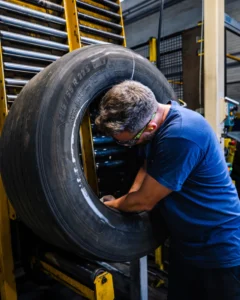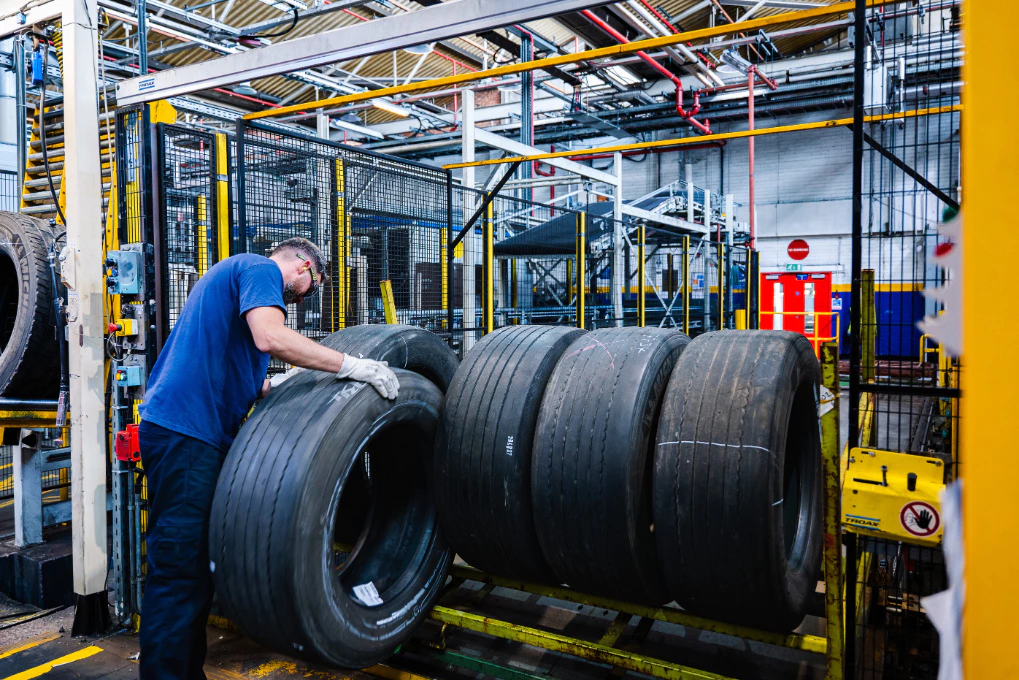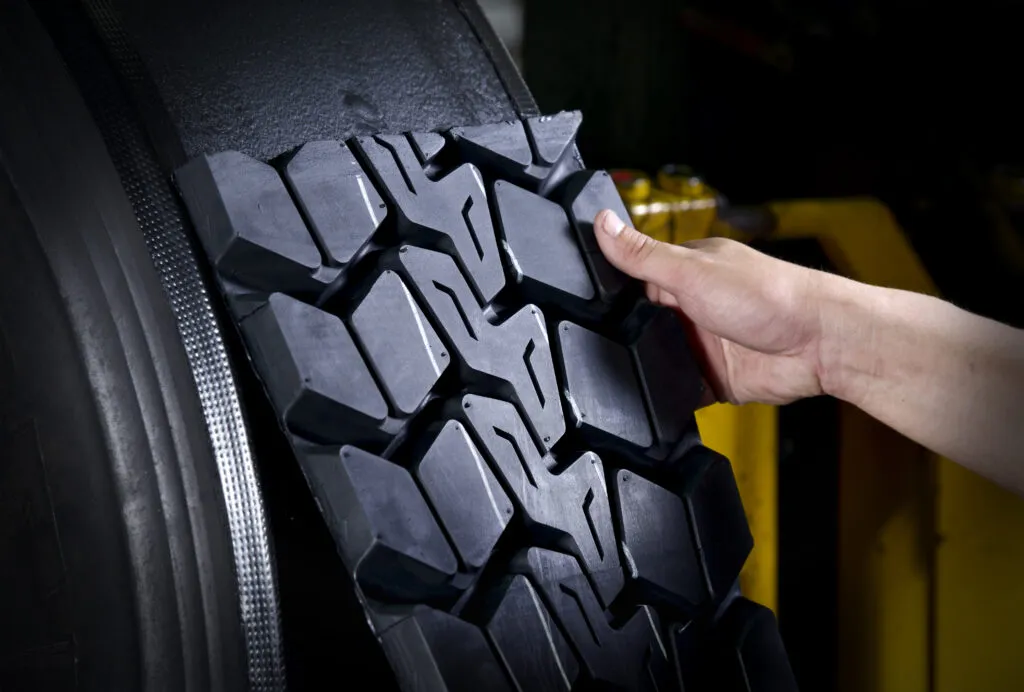In May 2025, EuRIC (European Recycling Industries’s Confederation) released its manifesto that called for urgent action to develop a competitive tyre recycling sector in Europe through five key policy recommendations, which also included considerations for the tyre retreading industry. After analysing the manifesto, the ETRMA gave its perspective issue a formal response.
Tyre Retreading as a Circular Economy Lever: Policy and Practice
For the purpose of this article, we will be summarising the policy positions in relation to retreading from both organisations. For a comprehensive overview of EuRIC’s full set of policy recommendations, our sister publication Tyre & Rubber Recycling has published a detailed summary on its website.
In its manifesto, EuRIC’s policy position on retreads was clearly supportive with it centring around the development of the Ecodesign for Sustainable Products Regulation and public procurement as a means to boost their use and application.
Retreading in the Context of the Ecodesign for Sustainable Products Regulation (ESPR)
Starting with the ESPR, which entered into force in 2024, this framework regulation aims to make products more sustainable by enhancing their circularity, energy performance, recyclability and durability. As part of its first working plan, the European Commission confirmed that tyres were listed as a priority group for implementing its delegated acts with industry analysis suggesting that early adoption of measures are planned for early 2026 and full compliance intended for 2027 after an 18-month transition period.
From the perspective of tyre retreading, the ESPR legislation means that tyres entering the EU market need to be designed with reuse, refurbishment and durability in mind, which should prove to be problematic for low-cost, single-use imports.

On pages 5 and 6 of the report, EuRIC referenced the legislation highlighting how there must be “greater collaboration between tyre manufactures and recyclers” to embed ecodesign and thus, recyclability into tyre design” and that “All tyres placed on the EU market, including non-EU imports, should be designed to be retreadable, covering both passenger cars and commercial vehicle segments.”
Whilst these statements do not explicitly say that retreading is underutilised, it is clear from its inclusion that EuRIC are implying that retreading is underutilised across vehicle segments and that there are tyres on the market which are not retreadable, pointing to missed commercial opportunities in the industry.
In response to this, the ETRMA does explicitly acknowledge that retreading in the passenger tyre market is underutilised but not as a missed commercial opportunity. Instead, it is framed more as a consequence of the realities and technical limitations of the market.
The ETRMA suggested that passenger tyre retreading is not widely practiced due to the extreme market fragmentation and diversity as illustrated by more than 125,000 tyre models leading to low levels of automation and limited availability of casings which leads to increased costs and as readers of Retreading Business know all too well, retreaders operate on such fine margins as it is that the business case for passenger tyre retreading becoming infeasible.

In its published feedback the ETRMA said, “retreading of tyres for cars and light commercial vehicles (vans) has been reduced to a niche market in which only a very small number of companies, mainly SME’s, are active with a focus on a small number of sizes.
This is due to the high level of variability in the passenger car tyre market. The market has become so diversified that passenger car retreading across the entire market has become technically and economically non-feasible. This high diversity (more than 125,000 different tyre models for passenger cars) leads to low level of automation and limited availability of carcasses per size and application within passenger car retreading and thus increased cost.”
On the other hand, the ETRMA remains supportive of retreading in the heavy-duty segment, “retreading of tyres for heavy-duty vehicles and aircraft has been an established business model for many years.”
Green Public Procurement: An Opportunity to Impulse Tyre Retreading
Whilst it would be unfair to characterise the ETRMA and EuRIC’s position on passenger tyre retreading as opposed given that they both clearly support its practice, their framing differs: EuRIC sees untapped potential; ETRMA sees technical and economic limitations.
However, the two organisations are closely aligned on green public procurement and its role in supporting the circular economy.
Green public procurement as we have seen in our analysis on the EU Taxonomy rulings has been identified as a key tool in driving uptake and usage of retreads specifically in municipal fleets and public transport.
On page 4 of its manifesto, EuRIC stated the following, “public authorities in the EU spend around €2 trillion (around 13.6% of GDP) annually on the purchase of services, works and goods. Consequently, green public procurement (GPP) holds substantial potential to stimulate demand for more sustainable and circular products.”

Whilst retreads and green public procurement are not named directly by EuRIC, a belief that tyres should be retreadable and that green public procurement should intentionally “stimulate demand for circular products” is implied. Needless to say, retreading clearly falls within the scope of a “circular product” in EuRIC’s green public procurement push.
This position is mirrored and strongly supported by the ETRMA with its view that public procurement should be seen as “an immediate opportunity for truck and bus tyres”.
As we have seen in the publications by EuRIC and the ETRMA, retreading remains a key part of Europe’s tyre circularity goals. While EuRIC highlights its untapped potential, especially through policy tools like eco-design and public procurement, ETRMA points to real-world barriers in the passenger car segment. Despite different emphases, both organisations support greater uptake where feasible—particularly for heavy-duty vehicles—and see public procurement as an easy win in terms of making strides forwards.










